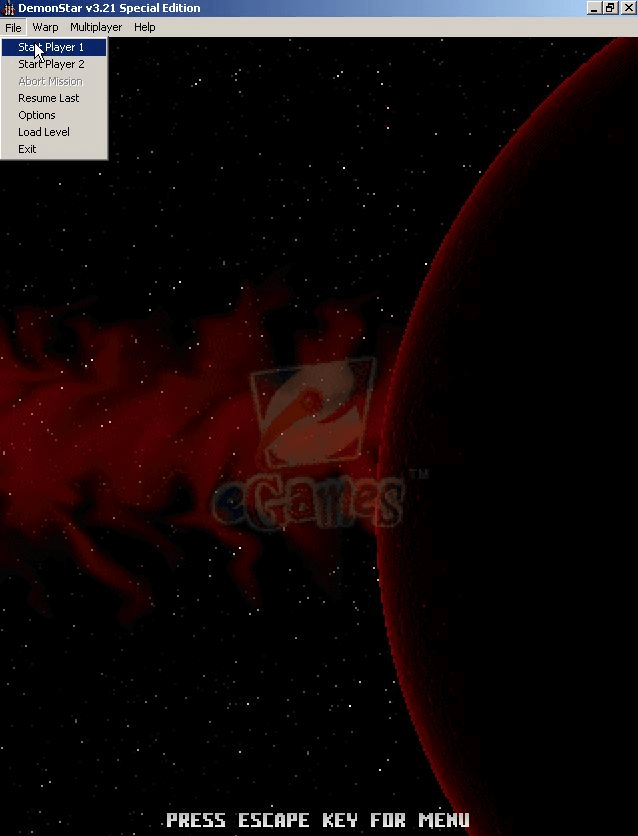

At its brightest, Algol shines about three times more brightly than at its faintest. This variable star is easy to observe with just the unaided eye. It is a multiple-star system with three confirmed and two suspected stellar components. It is one of the best-known variable stars in the sky and a prototype for a class of eclipsing variable stars known as Algol variables. It is the second brightest star in the constellation, after Mirfak, Alpha Persei. In the secondary eclipse when the brighter primary star occults the fainter secondary is very shallow and can only be detected photoelectrically.Īlgol is a known variable star, which waxes and wanes in brightness. Thus Algol’s magnitude is usually near-constant at 2.1 but regularly dips to 3.4 every 2.86 days during the roughly 10-hour-long partial eclipses. These stars partly eclipse each other every 2 days, 20 hours, and 49 minutes for 10 hours. It is a three-star system, consisting of Beta Persei Aa1, Aa2, and Ab – in which the hot luminous primary β Persei Aa1 and the larger, but cooler and fainter, β Persei Aa2 regularly pass in front of each other, causing eclipses. Apparent Magnitude: (Aa1) Variable from 2.12 to 3.39Īlgol is made of three stars (Beta Persei A, B, and C) and the brightest is Persei A.Star Type: Aa1: B8V /Aa2: K0IV /Ab: A7m.

It lies at an approximate distance of 90 light-years from Earth and has an apparent magnitude that varies between 2.12 and 3.4. The star Algol takes its name from an Arabic word meaning “the Demon’s Head.” This star is said to depict the terrifying snaky head of the Medusa monster.

It is one of the best-known double stars that can only be seen in spectroscopes, the first star of its type discovered, and one of the first variable stars to be discovered before it explodes. It is bright multiple stars in the constellation of Perseus and one of the first non-nova variable stars to be discovered. It is also known as the Demon Star, is a bright star in the Perseus constellation. For that event, a regular telescope or binoculars would do.Algol is bright multiple star located in Perseus. There's no harm in looking straight at the twin stars that make up Algol, but you'll have trouble seeing them "blink" with your naked eye. A solar projection box or sun funnel would also allow you to observe the planet's passage without damaging your eyes. Looking directly at the sun is never a good idea, and NASA recommends using a telescope with a certified sun filter to watch Mercury's transit safely on November 11. To see both of these events, you'll need some special equipment.
DEMONSTAR VERY RARE VERSION HOW TO
Algol is a name derived from an Arabic word meaning "the demon's head." How to see Mercury's and Algol's transits The star is supposed to resemble the winking, snake-haired head of the gorgon Medusa, who was slain by Perseus. EST, with the one after that taking place on November 12, six minutes after midnight.Īlgol gets its monstrous nickname from a classic villain of Greek mythology. The next is set for November 9 at 3:17 a.m. In the first half of the month, most of these transits occur after sunset on the East Coast, which is the best time to observe the transition. Every 2.86736 days, the smaller star of the pair passes in front of the larger star, making it appear slightly dimmer for 10 hours at a time. Algol is really two stars in the constellation Perseus that are constantly orbiting each other. The transit of Algol, also known as the demon star, is a much more common event, but it's no less spectacular.
DEMONSTAR VERY RARE VERSION FULL
This time around, it will take Mercury about five and a half hours-starting just after sunrise on the East Coast-to make the full journey from one end of the bright yellow disc to the other. Such an event won't be seen again in the U.S. Mercury's transit across the sun is something that only happens roughly 13 times every 100 years. As the innermost planet travels "backwards" across the sky this month, it will make a rare detour past the face of the sun on November 11. Mercury is currently in retrograde (though you shouldn't blame that for any chaos in your personal life). As Geek reports, there are two main transits to look out for in November: that of Mercury moving across the sun and the dimming and brightening of the "demon star" Algol. In astronomy, a transit occurs when one celestial body appears to pass directly in front of another in the night sky, causing the light from one body to diminish in some cases. This month's sky-gazing event calendar is all about transits.


 0 kommentar(er)
0 kommentar(er)
